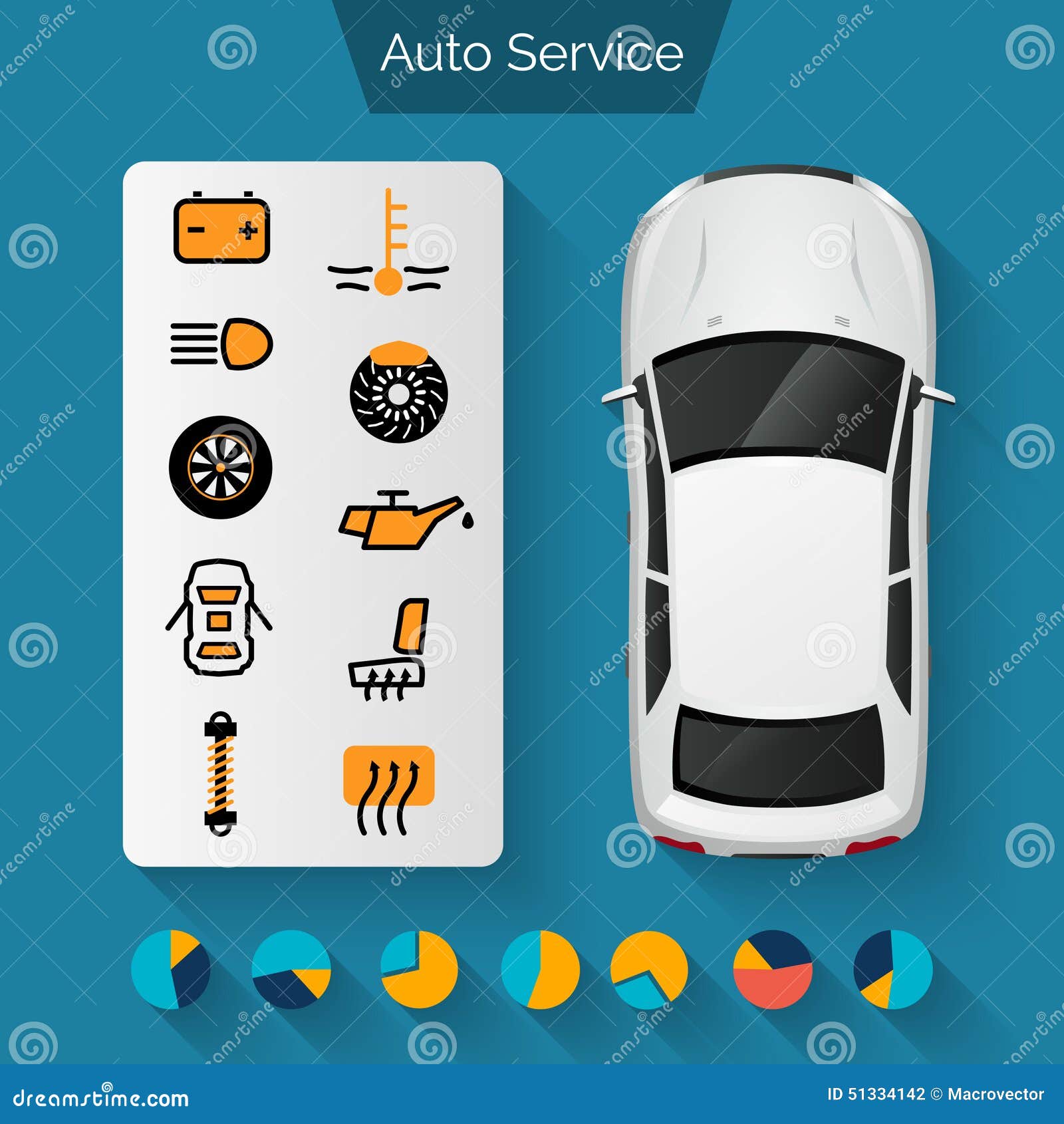Translating The True Significance Of Caution Lighting In Your Auto
Translating The True Significance Of Caution Lighting In Your Auto
Blog Article
Short Article Writer-Cheng Gross
When you lag the wheel, those radiant warning lights on your control panel can be a bit complicated. Do ac auto repair recognize what they're trying to inform you concerning your vehicle's health and wellness? Understanding the relevance of these lights is crucial for your safety and the long life of your lorry. So, the next time among those lights turns up, wouldn't you want to understand its message precisely and take the necessary actions to address it?
Common Warning Lights and Interpretations
Identify common caution lights in your auto and understand their significances to make sure secure driving.
One of the most common caution lights consist of the check engine light, which signifies issues with the engine or exhausts system. If this light comes on, it's vital to have your lorry inspected quickly.
The oil stress warning light indicates reduced oil pressure, requiring instant attention to prevent engine damages.
A flashing battery light may recommend a defective charging system, possibly leaving you stranded if not addressed.
The tire stress surveillance system (TPMS) light signals you to low tire stress, impacting vehicle security and fuel efficiency. Neglecting this can result in unsafe driving problems.
The ABS light indicates a trouble with the anti-lock braking system, endangering your capacity to stop promptly in emergency situations.
Finally, the coolant temperature warning light warns of engine getting too hot, which can result in severe damage otherwise resolved promptly.
Understanding these usual warning lights will assist you deal with concerns immediately and keep risk-free driving problems.
Significance of Prompt Focus
Understanding the common caution lights in your vehicle is only the initial step; the importance of promptly resolving these cautions can not be highlighted enough to ensure your safety when driving.
When a caution light brightens on your dashboard, it's your automobile's means of interacting a prospective concern that needs interest. Neglecting these cautions can result in a lot more extreme troubles down the road, compromising your safety and security and possibly costing you more out of commission.
Trigger interest to cautioning lights can prevent malfunctions and mishaps. For instance, a flashing check engine light can indicate a misfire that, if left neglected, might create damages to the catalytic converter. Resolving this quickly can conserve you from a costly repair work.
Similarly, a brake system warning light might indicate low brake fluid or worn brake pads, essential parts for your safety and security when driving.
Do It Yourself Troubleshooting Tips
If you notice a warning light on your control panel, there are a few DIY troubleshooting suggestions you can attempt before looking for specialist help.
The first step is to consult your auto's manual to understand what the details caution light suggests. Often the problem can be as easy as a loose gas cap causing the check engine light. Tightening up auto repair shops near me may deal with the problem.
An additional usual problem is a low battery, which can activate different advising lights. Inspecting https://brakelinefittings84051.vblogetin.com/36708119/carrying-out-eco-friendly-practices-in-your-auto-repair-shop-to-reduce-ecological-effect for corrosion and guaranteeing they're safe and secure could take care of the issue.
If a warning light persists, you can attempt resetting it by disconnecting the car's battery for a few minutes and after that reconnecting it. Furthermore, checking your automobile's liquid levels, such as oil, coolant, and brake fluid, can aid troubleshoot cautioning lights related to these systems.
Verdict
Finally, recognizing your automobile's caution lights is necessary for maintaining your automobile running smoothly and safely. By promptly attending to these informs and understanding what they indicate, you can avoid pricey repair services and potential breakdowns.
Remember to consult additional resources for specific details on each alerting light and act as necessary to ensure a hassle-free driving experience.
Keep informed, stay risk-free when traveling!
